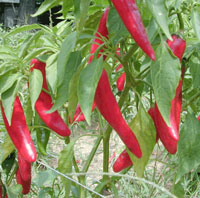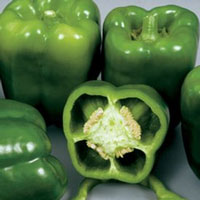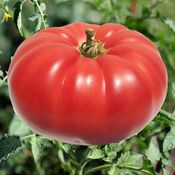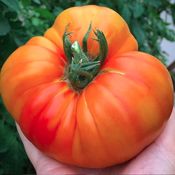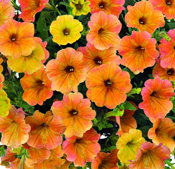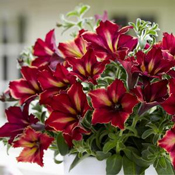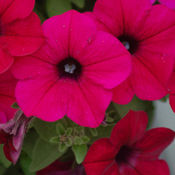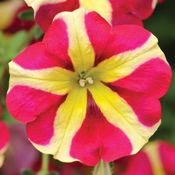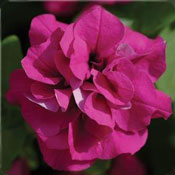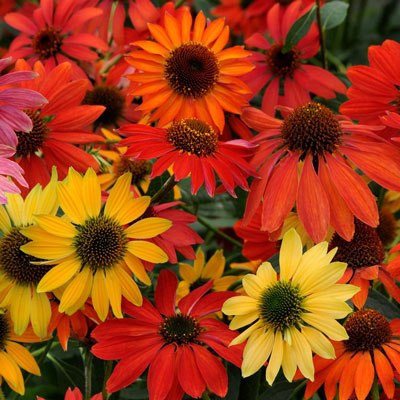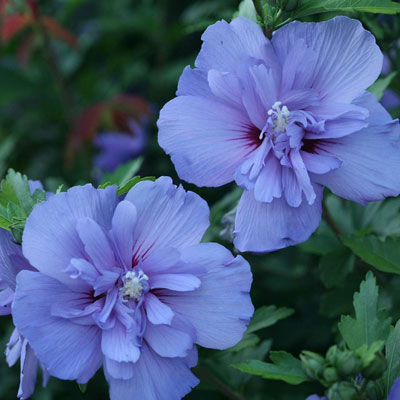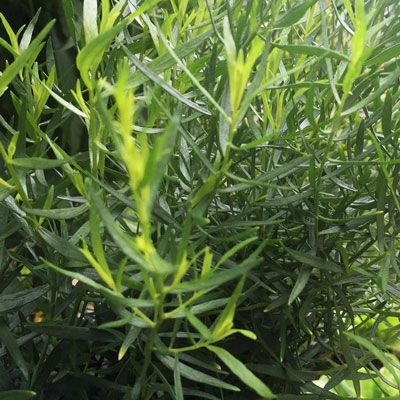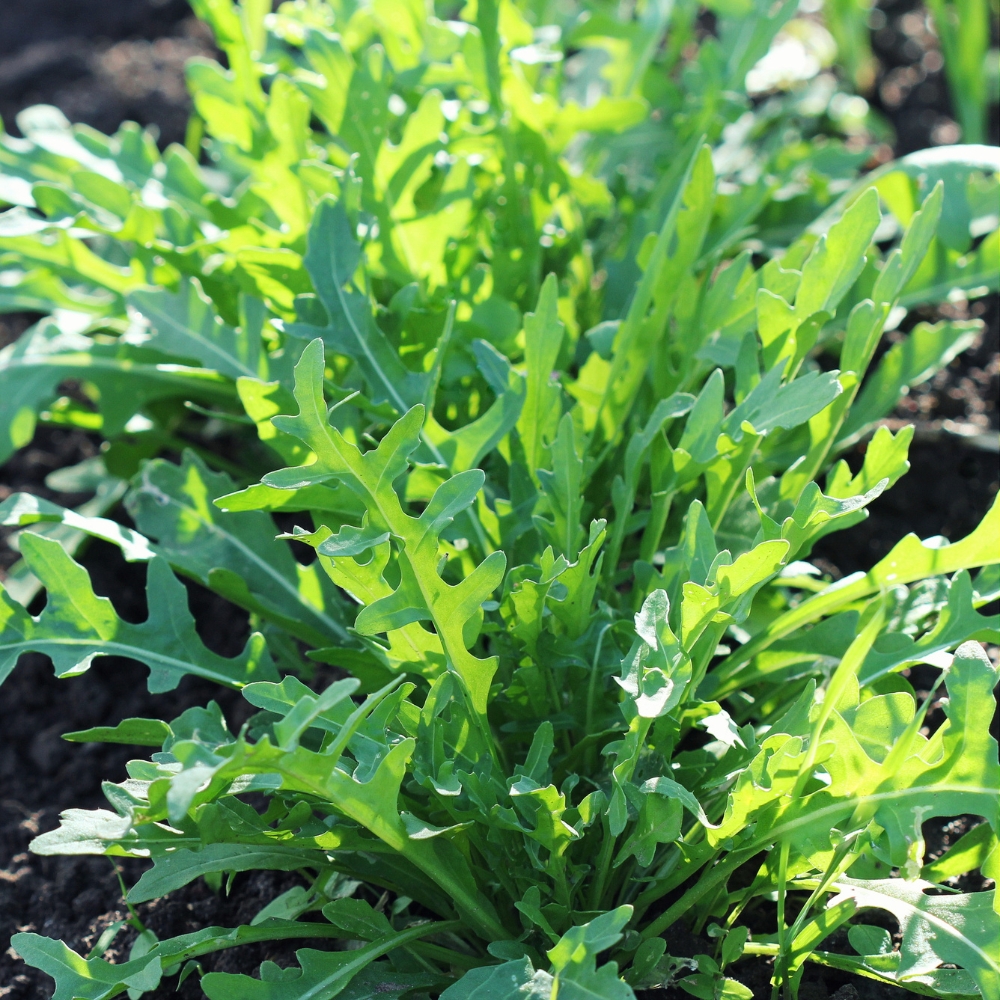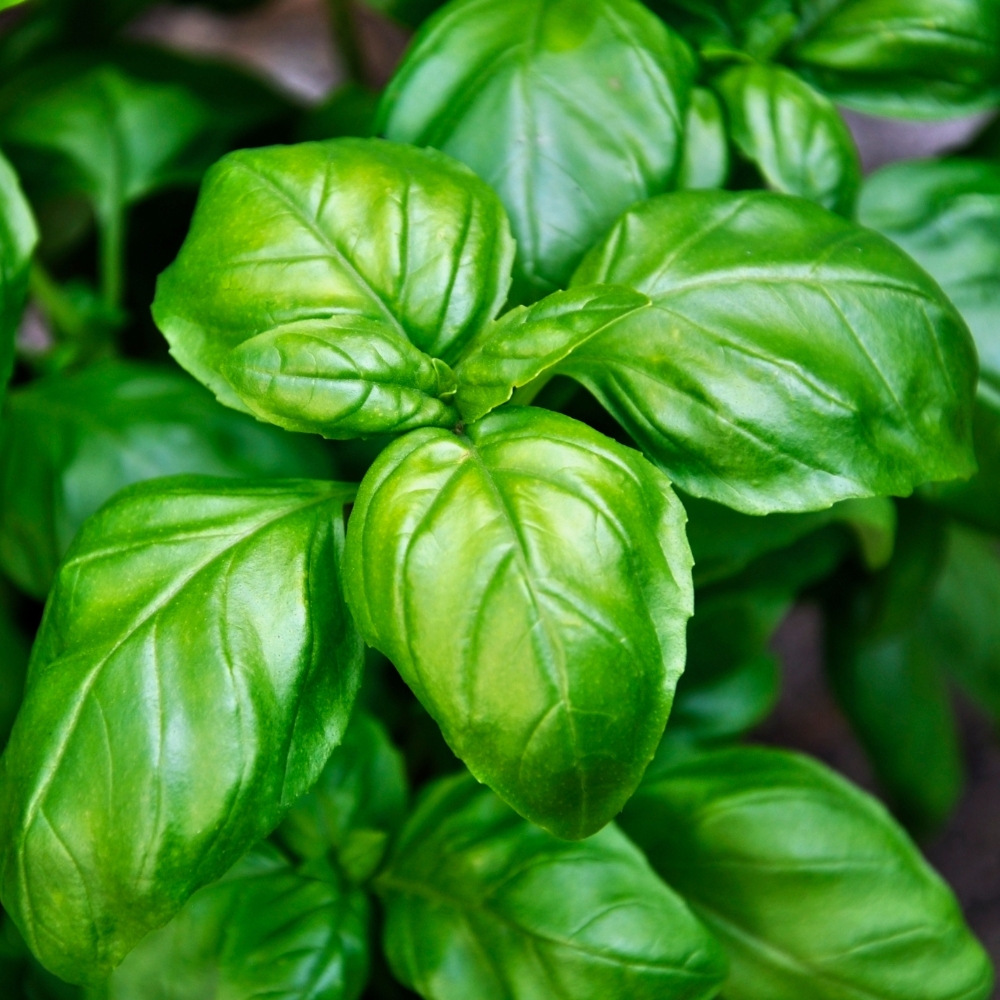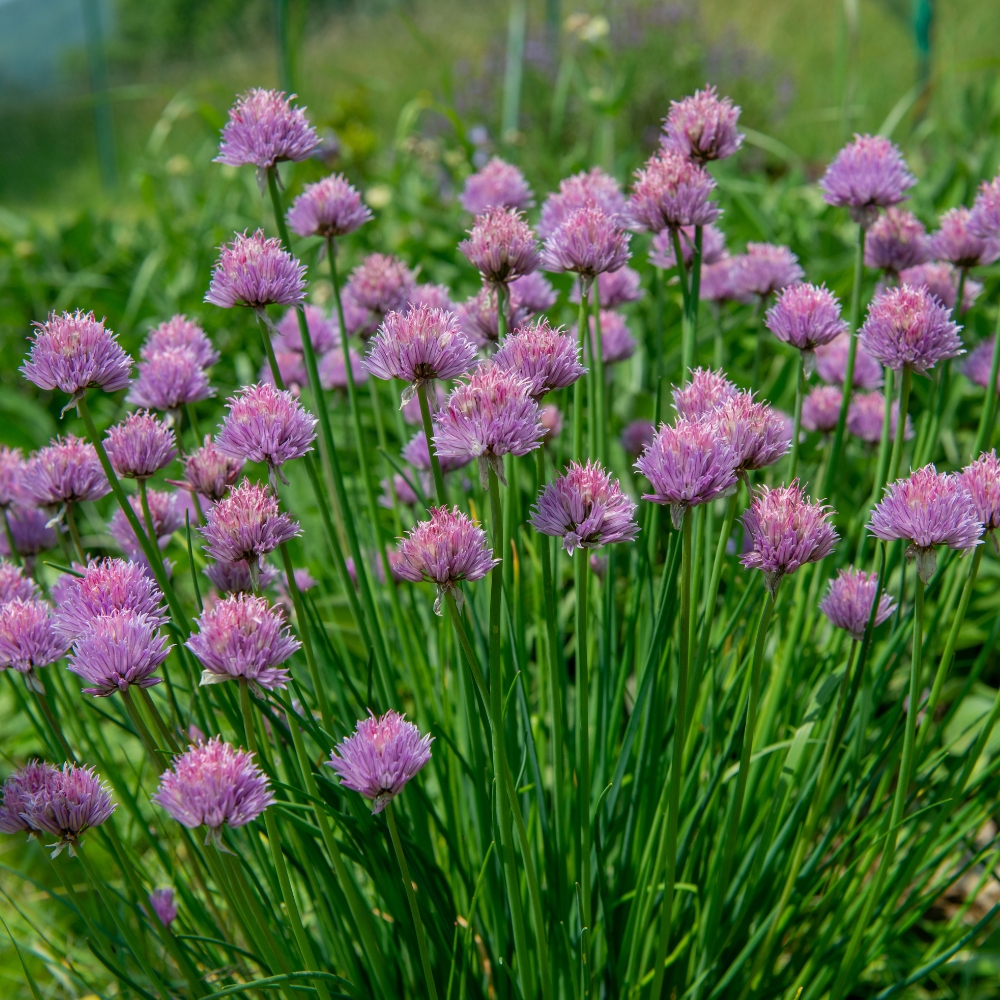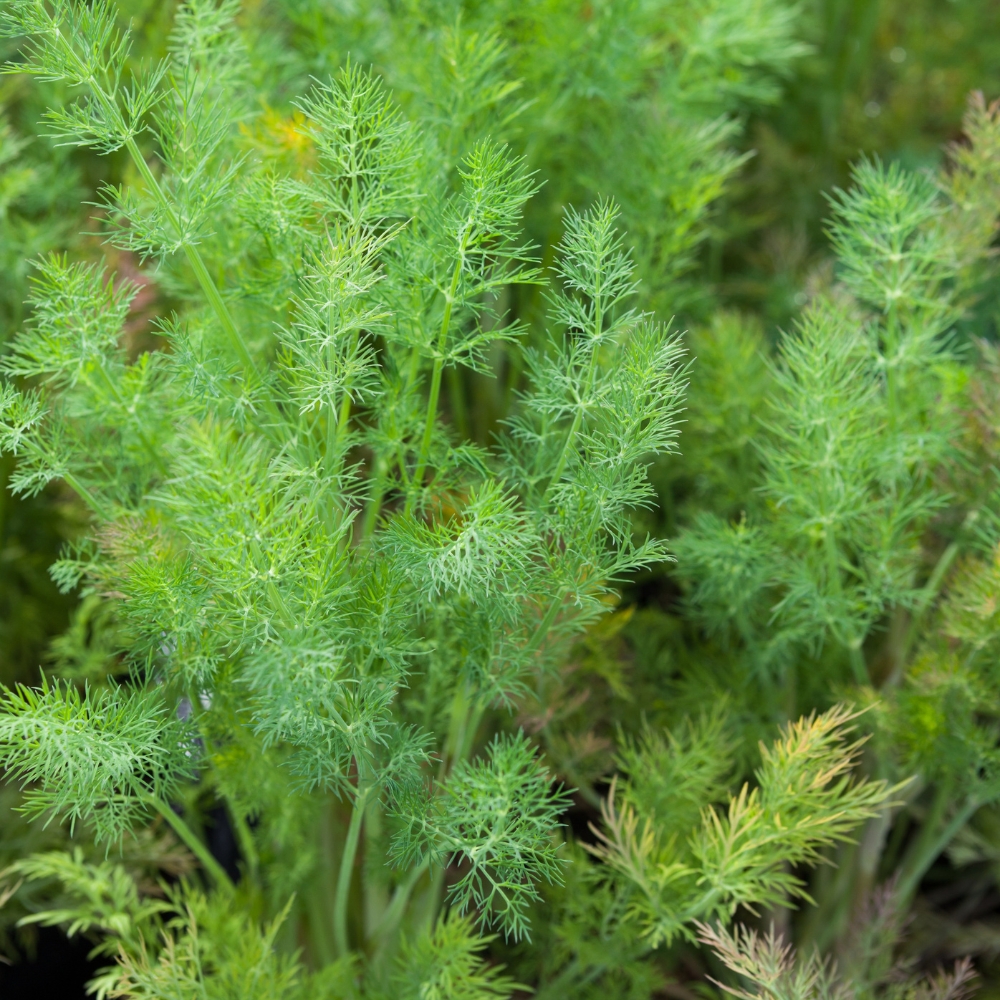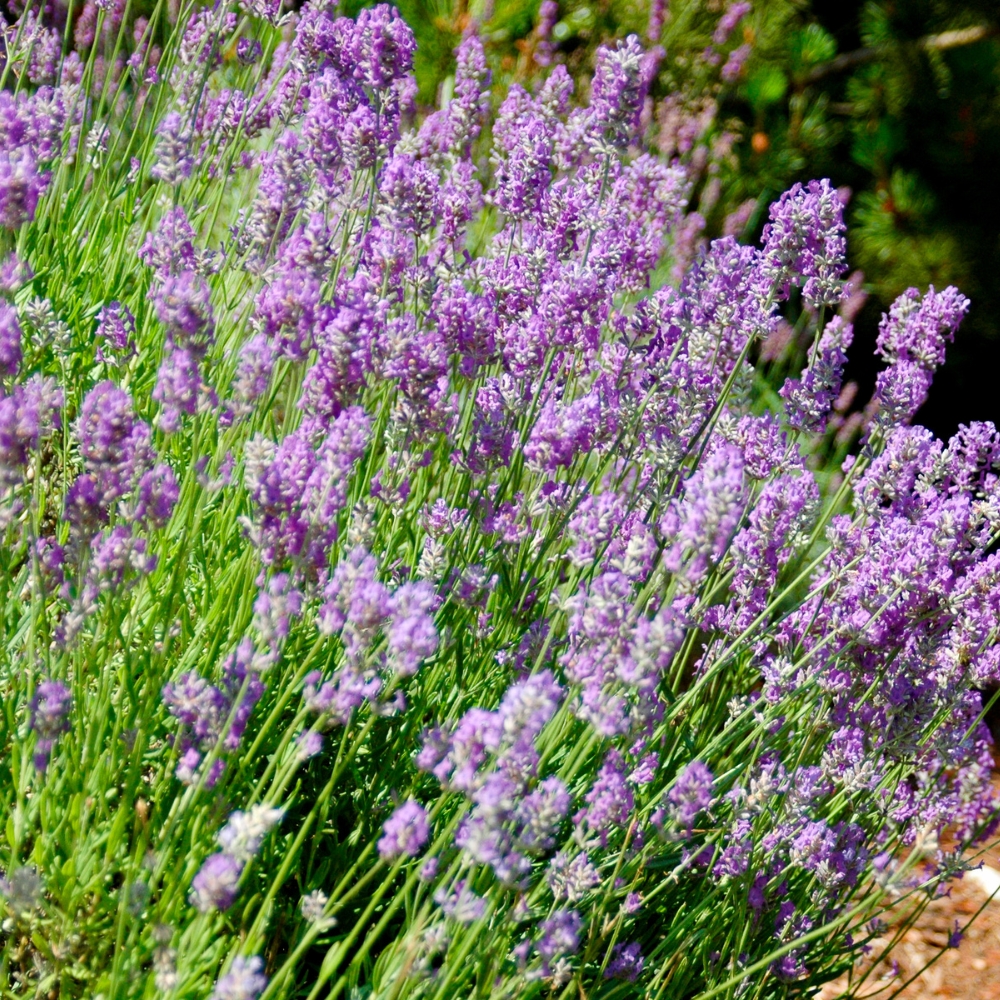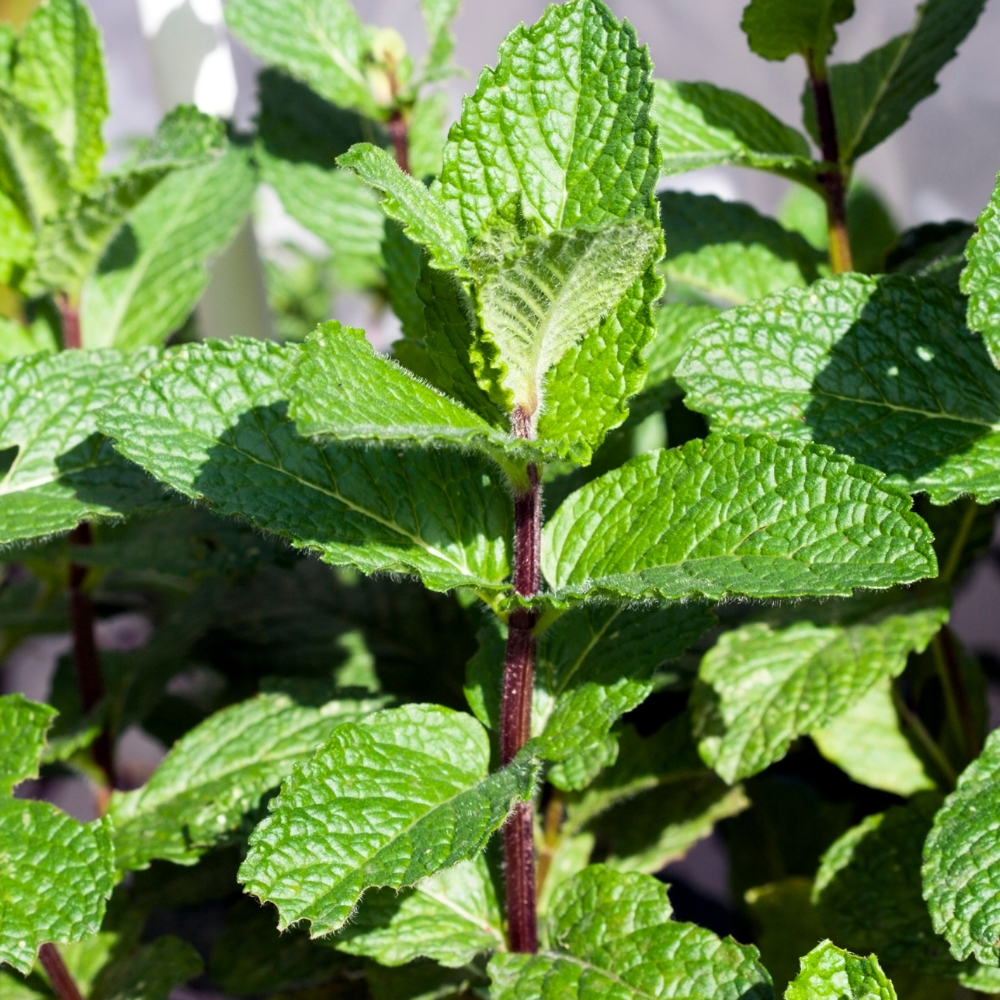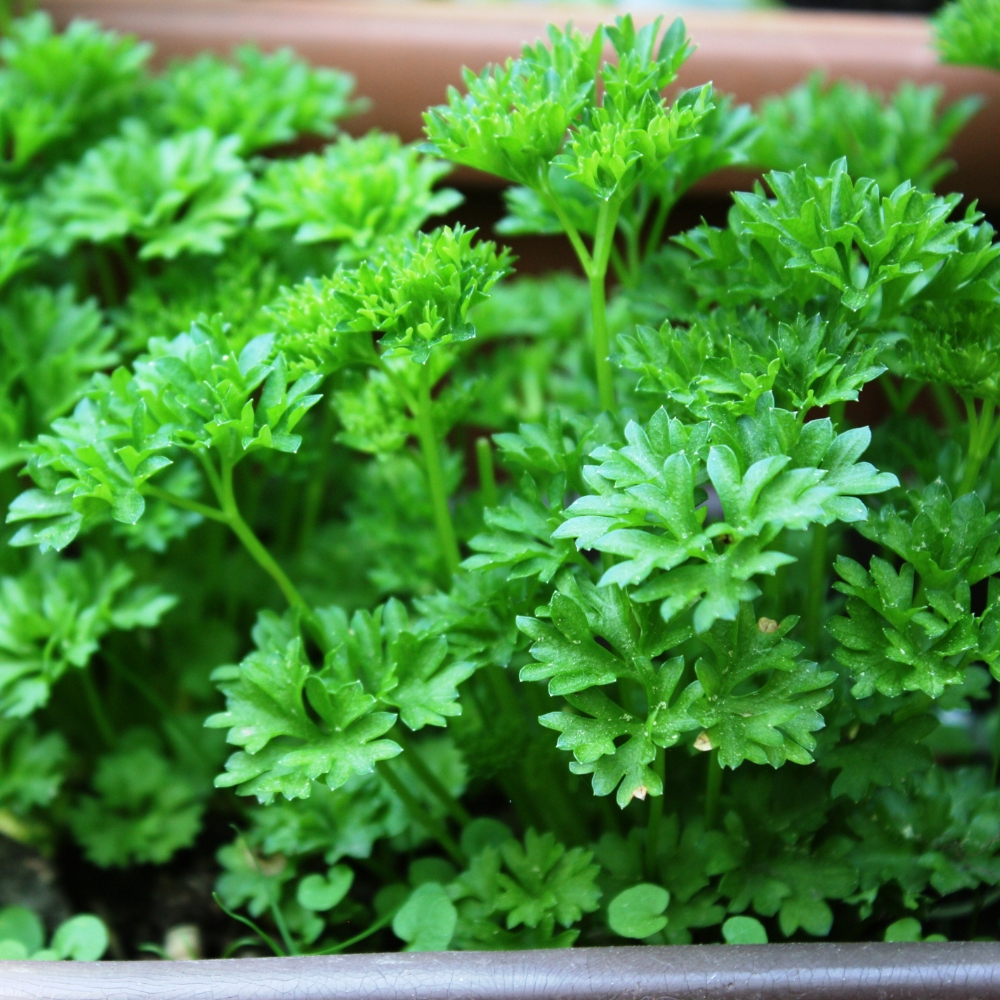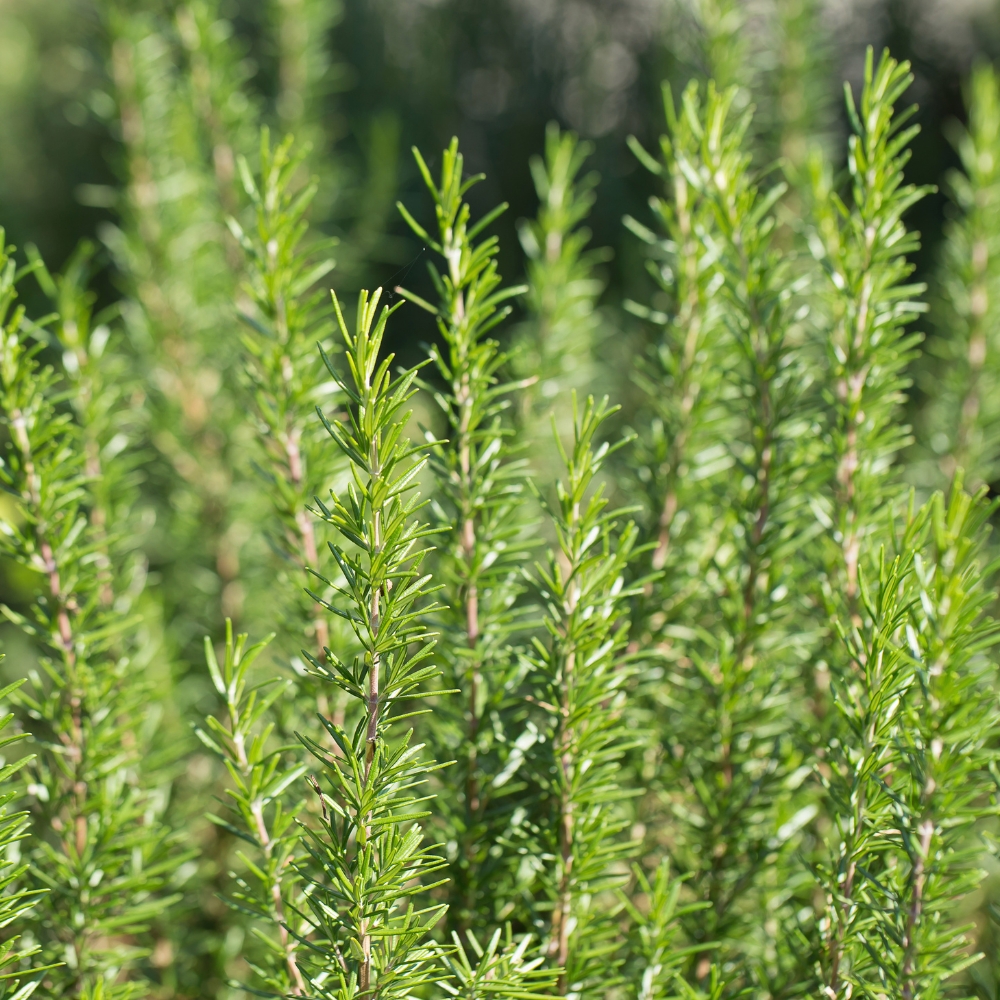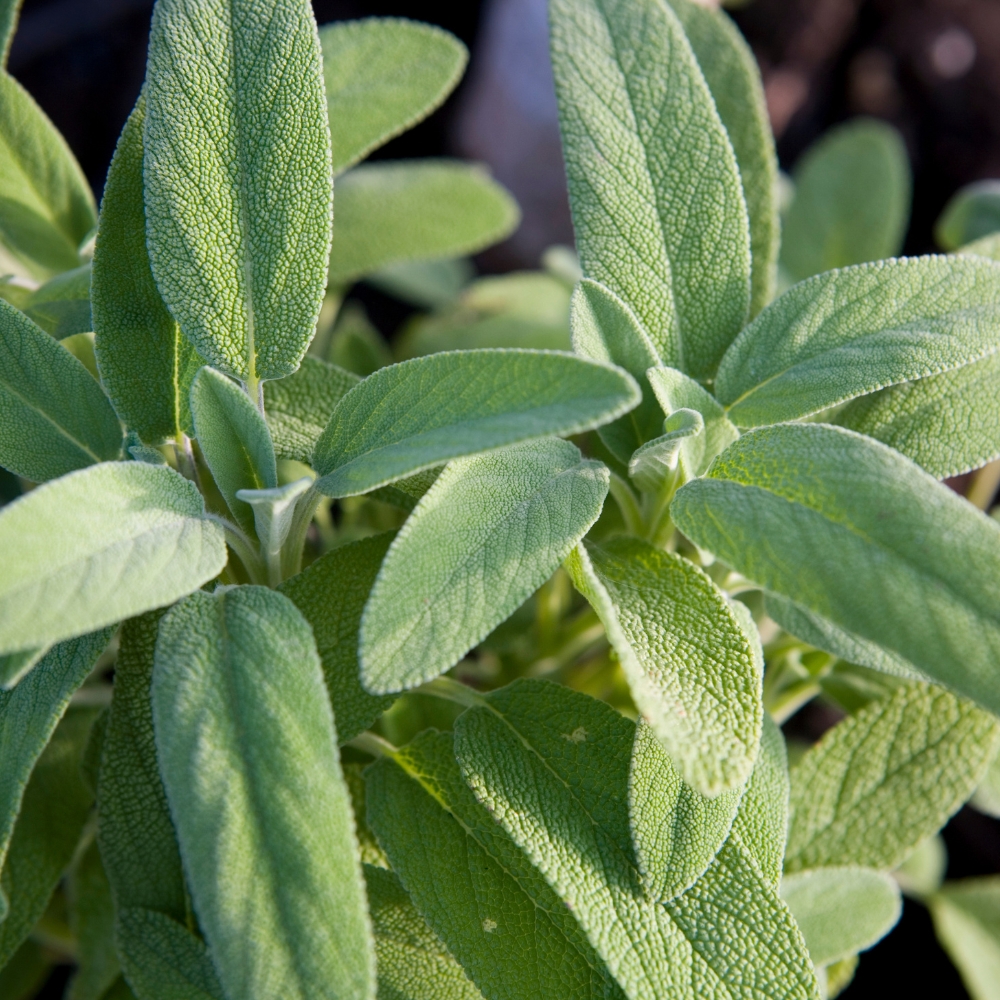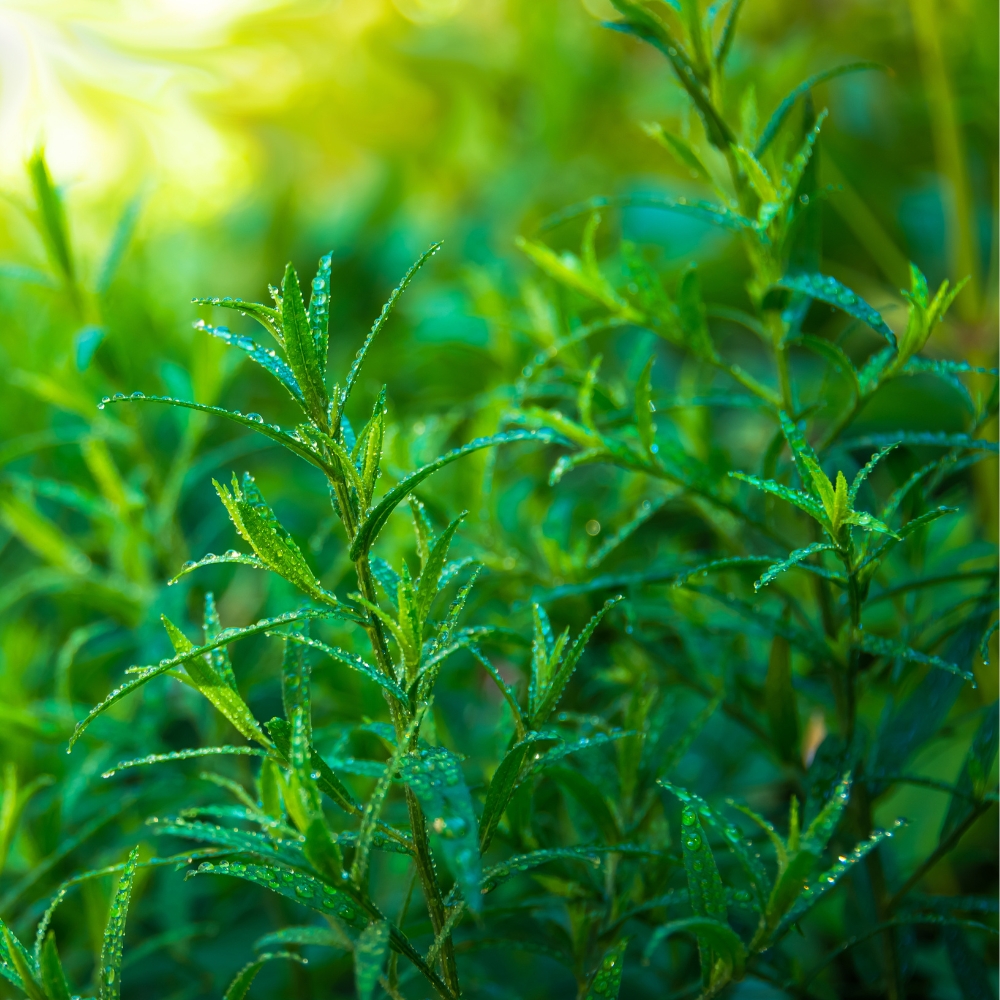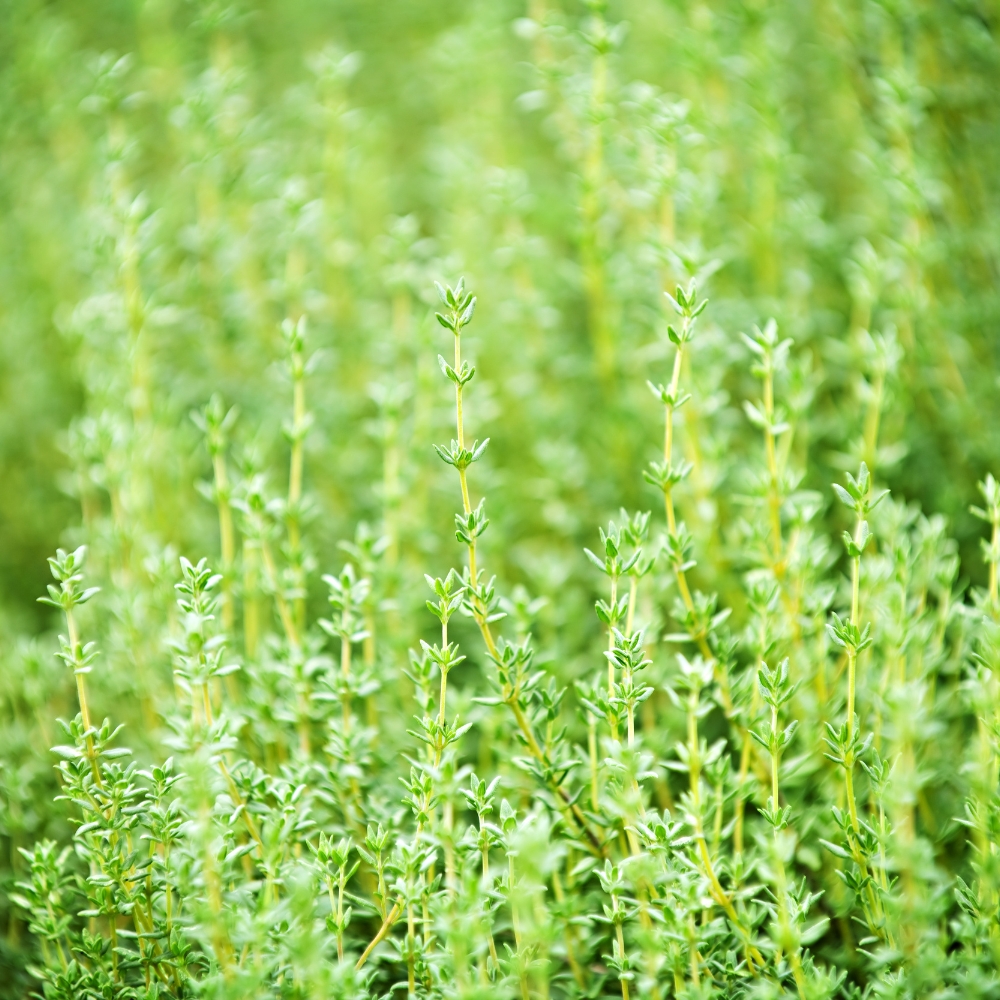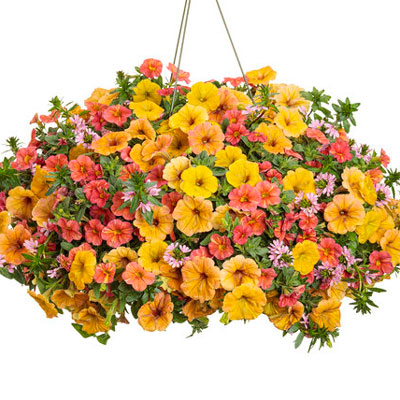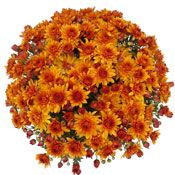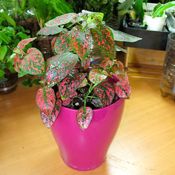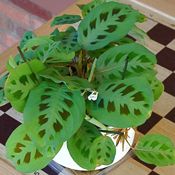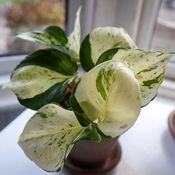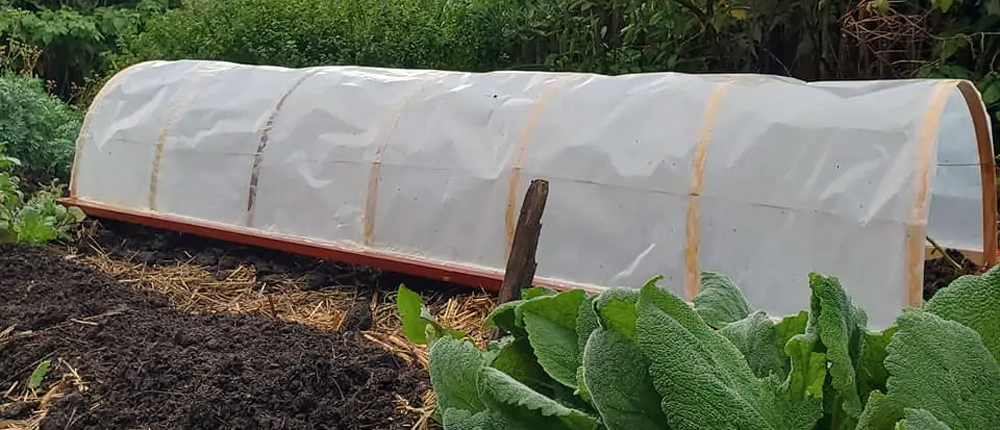Whether you’re just starting out or have years of experience, row covers can be a game-changer in your garden. They protect delicate seedlings, fend off pests, and moderate temperatures—helping you get the most out of every growing season.
What Are Row Covers?
Row covers are physical barriers—made from lightweight, breathable fabric or plastic—that protect plants from environmental stressors. They let in air, light, and water, making it easier to regulate growing conditions.
Types of Row Covers
There are two main styles: floating covers that lie directly on plants and hoop-supported covers that form mini greenhouse tunnels.
-
Floating Row Covers
- Lightweight, spun-bonded fabric that rests directly on top of plants.
- Provide moderate frost protection (usually 2–4°F above outside temps) and block insects, while still allowing good light and moisture.
-
Hoop-Supported Row Covers
- Stretched over wire or plastic hoops to create mini tunnels.
- Allow better airflow, retain more warmth, and can be especially useful for overwintering crops in colder climates.
Benefits of Using Row Covers
From keeping the cold at bay to managing pests organically, row covers offer a range of advantages that can simplify your gardening efforts.
-
Frost Protection
- Can raise temperatures by a few degrees (often 2–4°F), which helps prevent frost damage in early spring or late fall.
-
Pest Prevention
- Acts as a shield against common garden pests—like cabbage worms, cucumber beetles, squash vine borers, and carrot rust flies—without pesticides.
- Pro Tip: Install covers early in the season, before pests are active, to effectively block them from laying eggs on your crops.
-
Temperature Regulation
- Helps stabilize daytime and nighttime temperatures, preventing overheating or freezing.
-
Weather Resistance
- Shields plants from heavy rain, hail, and strong winds, reducing stress and soil erosion.
-
Extended Growing Season
- Allows you to start planting earlier in spring and keep harvesting later in the fall.
-
Improved Germination
- Creates a stable microclimate around seeds and seedlings, leading to faster, more consistent germination.
How to Use Row Covers in Your Garden
Proper use of row covers maximizes their protective benefits. Here’s how to ensure your plants get the right balance of heat, moisture, and airflow.
-
Choose the Right Material
- Lightweight covers for pest control and airflow; heavier covers for better frost protection.
-
Secure the Edges
- Use soil, landscape staples, or weights to hold covers down tightly.
- Pro Tip: Gaps in coverage give pests easy entry and let heat escape, so make sure edges are sealed firmly.
-
Monitor Temperature and Ventilation
- On warm days, lift or open covers to prevent overheating.
- Recommended Inspection Schedule: Check under covers at least once or twice a week to monitor plant health, soil moisture, and any signs of pests.
-
Adjust as Needed
- Remove covers when plants outgrow them or when pollinators need access to flowers.
Choosing the Best Row Covers for Your Needs
Match your row cover choice to the crops you’re growing, the season, and your local climate.
-
Lightweight Covers
- Ideal for insect protection and minor frost prevention (up to ~2°F).
- Let through plenty of light and air.
-
Medium-Weight Covers
- Provide moderate frost protection (around 2–4°F) with good light penetration.
-
Heavyweight Covers
- Retain more heat, useful in colder climates or for overwintering (4–8°F protection).
-
Plastic Covers
- Often used with hoop houses for maximum heat retention; require diligent ventilation to avoid overheating.
Common Mistakes to Avoid
Steer clear of these pitfalls to get the most out of your row covers and keep your garden healthy.
-
Loose Installation
- Gaps reduce temperature control and let pests in. Always secure edges firmly.
-
Missing the Timing Window
- Installing too late won’t keep pests out; removing frost covers too early leaves plants vulnerable.
-
Neglecting Pollination Needs
- Covers can block pollinators from flowering crops like squash. Remove or open covers during bloom times if pollination is required.
-
Poor Moisture Management
- While row covers let some rain in, they can also trap moisture. Check soil conditions to avoid rot or fungal issues.
-
Inadequate Monitoring
- Failing to look under covers can lead to unnoticed pest invasions or overheating. Inspect weekly (or more often in hot weather).
-
Improper Storage
- Clean and dry covers thoroughly before storing in a cool, dark place to extend their lifespan.
Row covers are a versatile, low-input way to protect your plants, extend your growing season, and cut down on pesticide use. By choosing the right type of cover and following these best practices—securing edges, adjusting for temperature changes, and allowing pollinators access when needed—you’ll be well on your way to a thriving, resilient garden.
Pro Tip: Start small by covering just one bed or a few rows to see how row covers work in your specific climate. Before you know it, you’ll be enjoying healthier plants and bigger harvests throughout the year!
















































































